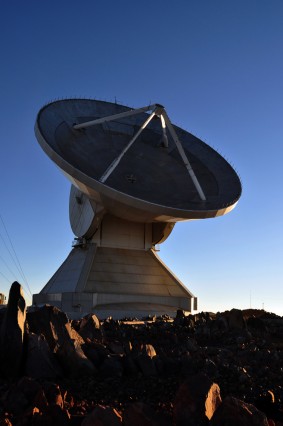
The Large Millimeter Telescope Alfonso Serrano (LMT) invites members of the Mexican astronomy community and members of the Department of Astronomy at the University of Massachusetts and the Five College Astronomy Department to participate in the call for Early Science observing proposals 2015-ES4.
Observing Period 2015-ES4: November 1st 2015 – June 30th 2016
Application Submission Deadline: September 30th 2015
The Large Millimeter Telescope Alfonso Serrano (LMT) invites members of the Mexican astronomy community and members of the Department of Astronomy at the University of Massachusetts and the Five College Astronomy Department to participate in the call for Early Science observing proposals 2015-ES4. The LMT will continue scientific observations in late 2015. The LMT will operate as a 32-m diameter telescope with an active primary surface to maintain the telescope aperture efficiency or gain over a wide elevation range. The Early Science programme will have a duration of 8 months from November 1st 2015 to June 30th 2016. It is expected that the successful observations will result in refereed journal publications that demonstrate the scientific value of the LMT with an emphasis on scientific topics for which the LMT provides a unique capability.
This call for Early Science projects is made with the understanding that all successful proposals and scheduled observations are considered as “shared-risk”. During this period of scientific observations the LMT user-community should be aware that the feasibility of the proposed observations may change due to differences in the instrument sensitivities and the efficiency of the telescope performance compared to those that are advertised in this call. Early Science observations may be rescheduled or cancelled according to the need for additional commissioning and engineering activities.
Scientific collaboration is encouraged between the research communities of the LMT partners. Further details regarding the available scientific instruments, schedule, submission and selection process are included in the Early Science Announcement of Opportunity. The updated instrument sensitivities, observation modes and the procedures to submit proposals are available on the Early Science Phase page.